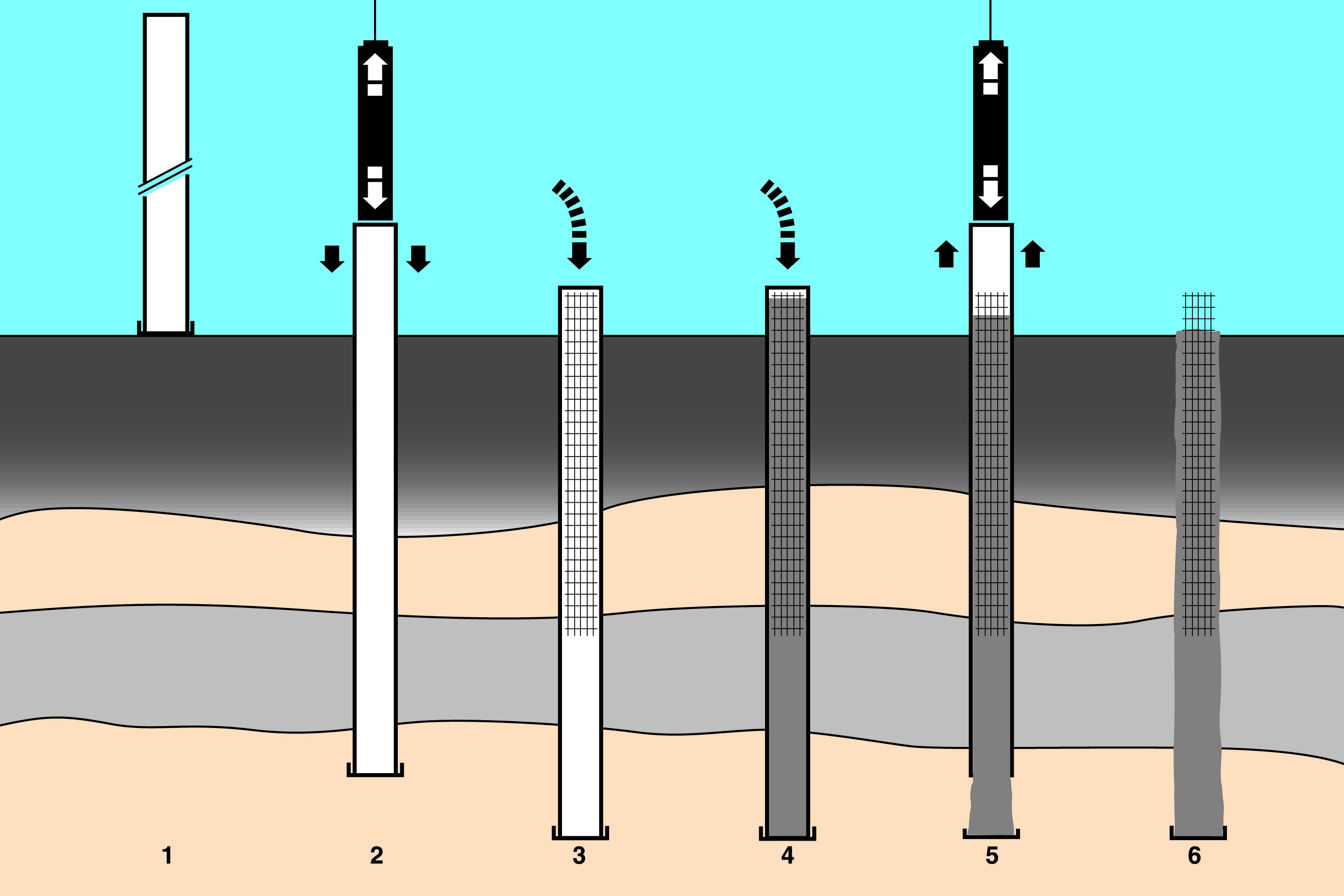Internship - Dorus Vlierboom
Learning about geology is not only about theory in the bachelor. During an internship you will learn how you can use this knowledge for technical applications, like building in the subsurface. Dorus Vlierboom talks about his internship at Fugro, at which he investigated foundation piles which were poured on building sites in situ.
Risking damage
“A frequently occurring problem is for example damages which arise during hardening due to the (water)pressure from underneath the piles. This has as an effect that the piles are no longer as strong as has been calculated in advance. You could compensate this by making adjustments, for instance making changes in the concrete composition. Another possibility is to use a different and more expensive type of piles.
Foundation piles, shaped in the subsurface
"Foundation piles are normally prefabricated and hammered in the subsurface at the allocated site. But you could also pour them in situ. That way, they are always perfect in size and you will need less material, transport and storage. However, during the pouring of the piles in the ground, several problems caused by external factors could occur which are hard to predict beforehand. During my internship, I assessed these problems.”
Sharing knowledge
“Fugro was in need of a clear protocol in which they can give their clients a proper solution if problems arise with these foundation piles. I was involved in investigating the entire process and in assessing whether I could come to more definite conclusions concerning the problematics with help of the knowledge of my fellow colleagues. I was in touch with people from different departments at Fugro, Ballast Nedam and BAM, so that I could make a proper assessment of the problems with foundation piles. My conclusions were summarized in articles which were published on the internal knowledge forum of Fugro and I visualized a method of approach for when problems occurred. It was very useful to apply my knowledge in such a practical approach!”.


